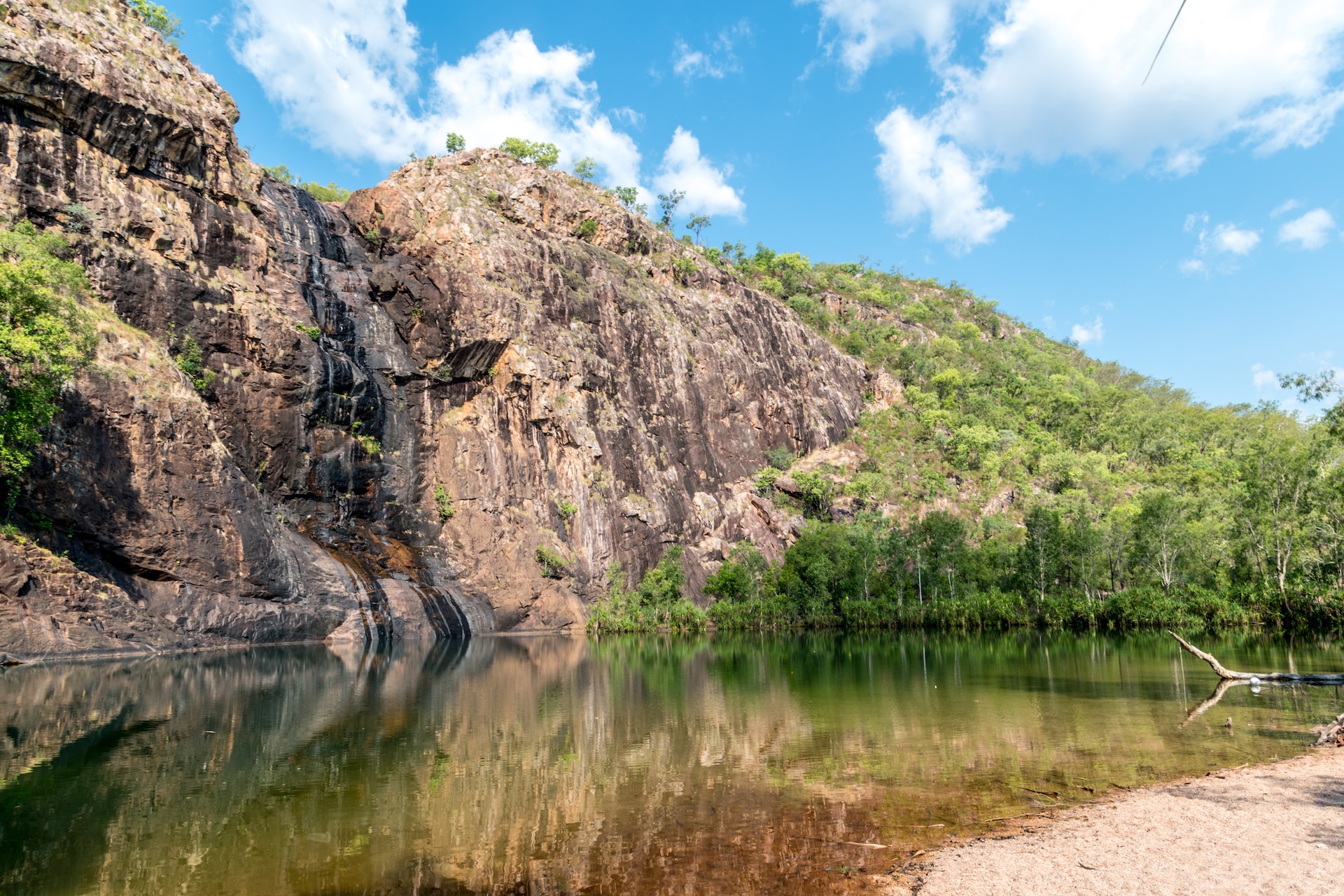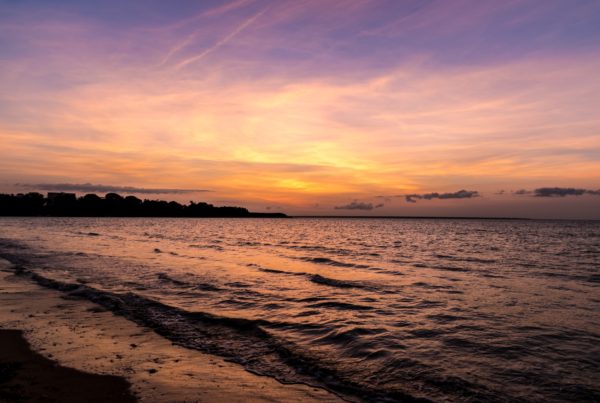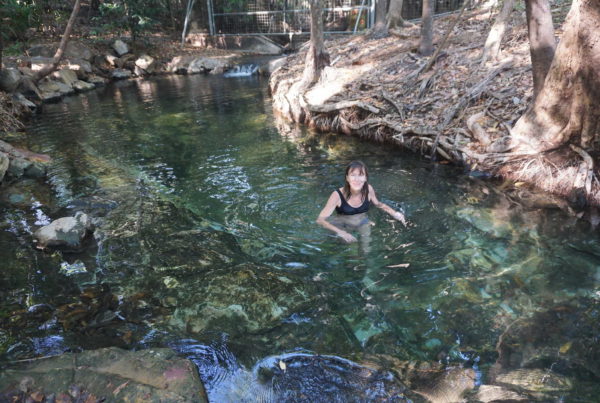Kakadu National Park is a unique destination located three hours’ drive from the Northern Territory’s capital city, Darwin. Kakadu is considered to be special, as it is one of only four Australian World Heritage Listed sites, with natural and cultural values that consider to be extremely significant.
A region of great significance to Indigenous Australians
Many Aboriginal communities live remotely in Kakadu, often out of touch with the modern world and the effects of globalisation. With the inhabitants of Kakadu having an extensive history in the region, there are several rock art sites that record stories and essentially the history of humans in Australia that are up to 50,000 years old. This itself is extremely significant in the way that scientists have discovered the progression of human civilisation.
A diverse eco-system like nowhere else
Kakadu is the largest national Park in Australia and is home to the greatest variety of ecosystems in all of Australia. The ecosystems you will find within Kakadu are forests, mangroves, floodplains, coastal areas, savanna and so many more. With the eco-system diversity, also comes a large diversity of flora and fauna within the park that is basically untouched by the outside world, as a large majority of Kakadu is actually unreachable due to its remoteness. Due to the remoteness of Kakadu, this resulted in little impact made from European settlers, therefore the vegetation and wildlife have remained relatively similar to what it would have thousands of years ago, making it an amazing place to explore and discover all the unique places on offer.
Much of the Kakadu region is inaccessible, therefore making it incredibly unique
A large area of Kakadu is inaccessible to people other than the Indigenous tribes who still live in the region, as well as the national park managers who work tirelessly to protect the park. Due to this, many significant cultural and natural landmark sites are untouched and remain in their original state. The national park managers of the region, in conjunction with the Indigenous communities that live within Kakadu, have created programs and plans to ensure that Kakadu remains free from threat and will continue to be a world heritage-listed site for many years to come.
How is Kakadu protected?
Kakadu is very protected by certain legislations, management systems, and the help of the Aboriginal owners of the land. Particularly, in 1999 the Environment Protection and Biodiversity Conservation Act was created and introduced to the Kakadu region, where meetings are undertaken often to ensure that Kakadu, its people, and everything within the national park is protected.
Take a guided Kakadu tour to visit the area today!




